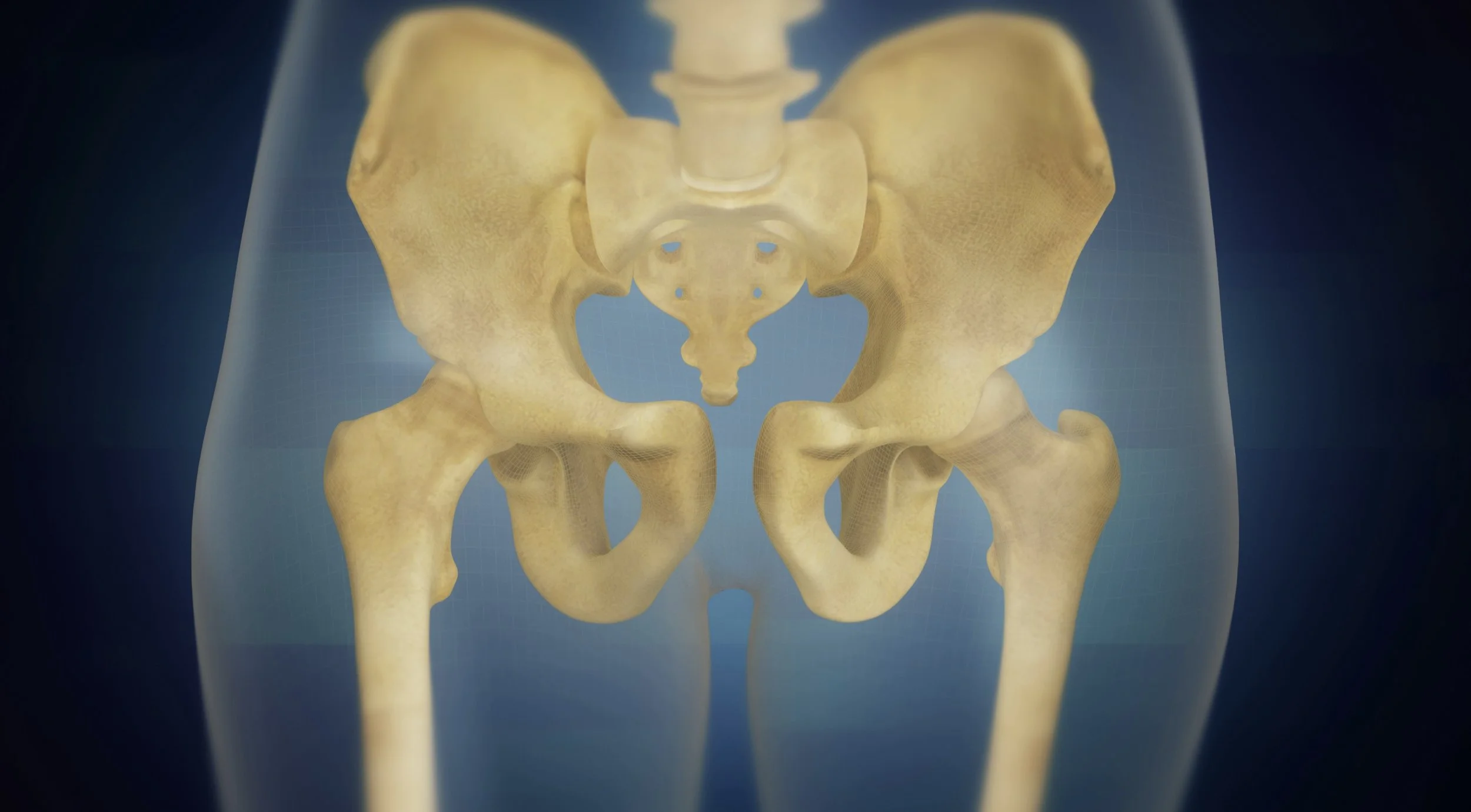Your Secret Weapon: The Male Pelvic Floor and Why it Matters
Unleashing the Power Within
Most men have a secret weapon they don't even know about: their male pelvic floor muscles. Yes, you read that right. These often-overlooked muscles are a vital part of your body, playing a crucial role in various functions, from bladder control to sexual health.
Where Are These Mysterious Muscles?
Imagine a hammock-like sling of muscles that supports your pelvic organs. That's your male pelvic floor. It stretches from your pubic bone to your tailbone, forming a crucial support system for your bladder, bowel, and reproductive organs.
What Do Pelvic Floor Muscles Do?
Your male pelvic floor muscles are like the unsung heroes of your body. They work tirelessly to:
Support Your Organs: They provide essential support to your bladder, bowel, and prostate.
Control Your Sphincters: They help you control your bladder and bowel movements.
Enhance Sexual Function: They play a key role in sexual arousal, erection, and ejaculation.
Improve Posture and Core Strength: A strong pelvic floor contributes to better posture and core stability.
The Silent Saboteurs: Factors Affecting Male Pelvic Floor Health
Pelvic floor dysfunction can occur at any age, and it's important to protect your pelvic floor throughout your life. Several factors can impact the health and function of your male pelvic floor muscles:
Age: As you age, your pelvic floor muscles can weaken, leading to issues like urinary incontinence and erectile dysfunction.
Lifestyle Factors: Sedentary lifestyles, poor posture, and excessive sitting can weaken your pelvic floor muscles.
Stress: Chronic stress can tighten your pelvic floor muscles, leading to discomfort and dysfunction.
Injuries and Surgeries: Pelvic injuries or surgeries can damage the pelvic floor muscles.
Neurological Conditions: Conditions like multiple sclerosis or stroke can affect nerve signals to the pelvic floor muscles.
Poor Bracing Mechanics: Incorrect lifting techniques, especially when weightlifting, can lead to overtightness or weakness in the pelvic floor muscles.
The Consequences of a Weak or Tight Pelvic Floor
A weak or tight pelvic floor can lead to a variety of problems, including:
Urinary Incontinence: Difficulty controlling urine flow, especially when coughing, sneezing, or lifting weights.
Erectile Dysfunction: Weak pelvic floor muscles can impair sexual function.
Painful Sex: A tight pelvic floor can cause pain during intercourse.
Lower Back Pain: A weak pelvic floor can contribute to lower back pain.
Poor Posture: A weak pelvic floor can affect your posture and core stability.
The Role of a Physiotherapist
A pelvic floor physiotherapist is a healthcare professional who specializes in assessing and treating pelvic floor dysfunction. They can help you:
Identify the underlying cause of your pelvic floor dysfunction
Develop a personalized treatment plan
Teach you pelvic floor exercises
Provide manual therapy techniques to release tension in your pelvic floor muscles
Educate you on lifestyle modifications to improve your pelvic floor health
The Power of Pelvic Floor Exercises
The good news is that you can strengthen and improve the function of your male pelvic floor muscles through targeted exercises. These exercises, often referred to as Kegel exercises, can help:
Improve bladder control
Enhance sexual function
Reduce pain
Improve posture and core strength
How to Find Your Pelvic Floor Muscles
To identify your pelvic floor muscles, try these techniques:
The Toilet Technique: As you're about to urinate, stop the flow midstream. The muscles you contract to do this are your pelvic floor muscles.
The Finger Technique: Insert a clean finger into your rectum and gently squeeze the muscles around your finger.
Incorporating Pelvic Floor Exercises into Your Routine
Here are some tips for incorporating pelvic floor exercises into your daily routine:
Start Slowly: Begin with a few repetitions and gradually increase the number of repetitions and sets.
Practice Regularly: Aim to do pelvic floor exercises 2-3 times a day.
Breathe Deeply: Focus on deep, slow breaths while performing the exercises.
Seek Professional Guidance: A pelvic floor physiotherapist can provide personalized guidance and exercise programs.
Remember, your male pelvic floor muscles are an essential part of your overall health and well-being. By understanding their function, addressing any issues, and incorporating regular pelvic floor exercises into your routine, you can improve your quality of life and enjoy a healthier, happier future.

